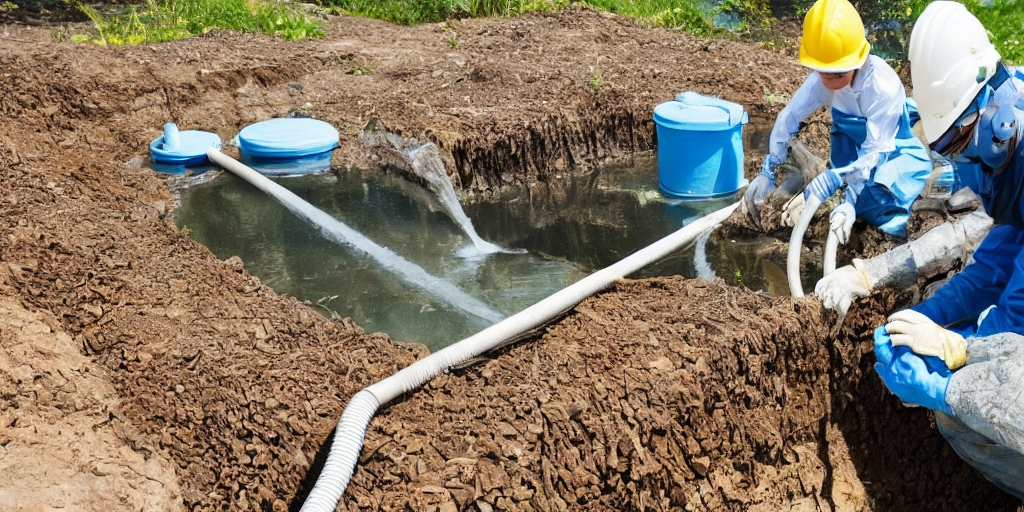Water damage can be a homeowner’s nightmare, leading to a series of challenges that require immediate attention. In such situations, two terms often come to the forefront water mitigation and restoration. While they might sound similar, it’s crucial to understand their differences and how they play a crucial role in safeguarding your property.
Is Mitigation the Same as Restoration?
Firstly, let’s clarify the distinction between mitigation and restoration. Water mitigation focuses on preventing further damage by taking swift actions to reduce the initial impact of water intrusion. It is the initial response to water damage, aiming to control the situation before it exacerbates. On the other hand, restoration is the process of bringing the property back to its pre-damaged condition. It involves repairing and rebuilding after the mitigation phase.
Also Read: Understanding Water Mitigation and Restoration: A Comprehensive Guide
The Meaning of Water Mitigation
Water mitigation is a proactive approach to limit the extent of water damage. It involves prompt actions to extract water, dry affected areas, and prevent mold growth. The primary goal is to minimize the damage and protect the structural integrity of the property. Mitigation efforts often include water extraction, dehumidification, and the use of specialized equipment to salvage as much as possible.
Difference Between Restoration and Remediation
Understanding the difference between restoration and remediation is crucial for effective water damage management. While restoration focuses on the rebuilding and repairing of the damaged property, remediation involves addressing the source of the problem, such as mold or contamination. In the context of water damage, remediation might be necessary if there are issues like mold growth due to prolonged water exposure.
Servpro Mitigation: A Trusted Solution
Many homeowners turn to professionals for water mitigation and restoration services. Servpro is a well-known name in this field, offering comprehensive solutions to handle water damage effectively. Their mitigation services encompass rapid response, advanced drying techniques, and thorough monitoring to ensure that the property is brought back to its pre-damaged state.
Exploring the Water Mitigation Process
The water mitigation process is a series of systematic steps designed to minimize damage and prevent further issues. From the initial assessment to the final drying process, each step plays a crucial role. Let’s delve into the key stages of water mitigation:
- Assessment: Professionals assess the extent of the water damage, identifying affected areas and potential hazards.
- Water Extraction: Swift removal of standing water is vital to halt the damage. Powerful pumps and vacuums are employed to extract water efficiently.
- Drying and Dehumidification: Once water is removed, the drying process begins. Industrial-grade dehumidifiers and drying equipment are used to eliminate moisture from the air and affected surfaces.
- Cleaning and Sanitizing: Restoration experts clean and sanitize the area to prevent mold growth and eliminate potential health hazards.
- Monitoring: Continuous monitoring ensures that the drying process is effective, and any necessary adjustments are made promptly.
Water Mitigation Devices: Tools of the Trade
The effectiveness of water mitigation devices plays a significant role in successful damage control. High-powered water extraction equipment, moisture meters, and thermal imaging cameras are among the tools used by professionals. These devices ensure a thorough and efficient mitigation process.
Water Mitigation and Restoration Cost: What to Expect

One common concern for homeowners facing water damage is the water mitigation and restoration cost. The expenses associated with these services can vary based on the severity of the damage, the size of the affected area, and the professional services hired. It’s essential to weigh the cost against the potential long-term consequences of untreated water damage.
Is Water Mitigation Covered by Insurance?
Understanding insurance coverage is crucial when dealing with water damage. While standard homeowners’ insurance typically covers sudden and accidental water damage, it’s essential to confirm whether water mitigation is explicitly included in your policy. Consulting with your insurance provider to clarify coverage details can prevent unexpected financial burdens during the restoration process.
The Role of Water Mitigation System
In an era where technology plays a pivotal role in every aspect of our lives, the concept of a water mitigation system is gaining prominence. These systems are designed to detect and respond to water leaks automatically, providing an additional layer of protection for your property. Investing in such systems can be a proactive measure to minimize the risk of water damage.
Also Read: Understanding Water Mitigation and Restoration: A Comprehensive Guide
Conclusion
In conclusion, understanding the nuances of water mitigation and restoration is essential for homeowners facing water damage. Acting swiftly during the mitigation phase can significantly reduce the overall impact, making the restoration process more manageable and cost-effective. Whether you choose professional services or opt for a DIY approach, being well-informed about the processes and potential costs empowers you to make the right decisions in safeguarding your property against water damage.










